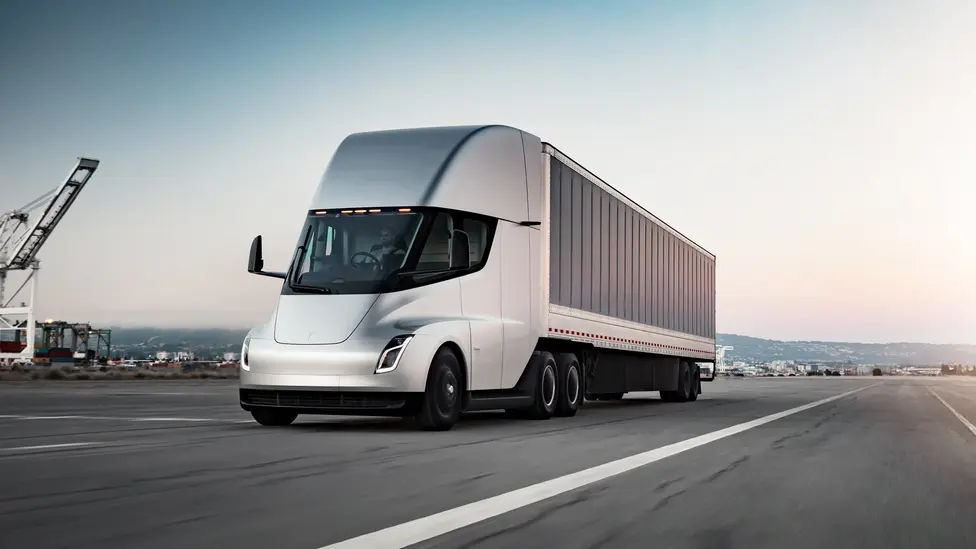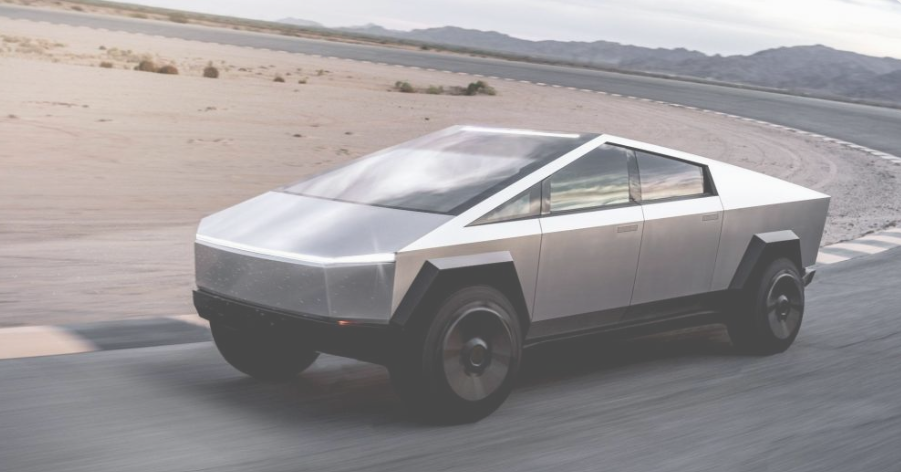Tesla, the pioneer in electric vehicles (EVs), including the Electric truck, is taking bold strides to revolutionize the commercial trucking industry. Tesla's visionary project aims to establish a charging station network for electric trucks, covering a 1,800-mile route from Texas to California. This ambitious plan holds immense importance for the country's goal of achieving carbon-free …
Tesla Strives to Build Electric Truck Charging Route from Texas to California

Tesla, the pioneer in electric vehicles (EVs), including the Electric truck, is taking bold strides to revolutionize the commercial trucking industry. Tesla’s visionary project aims to establish a charging station network for electric trucks, covering a 1,800-mile route from Texas to California. This ambitious plan holds immense importance for the country’s goal of achieving carbon-free transportation. The Tesla Cybertruck, an all-electric pickup truck, has gained much attention since its debut. As one of the most anticipated electric trucks, it aims to revolutionize the commercial trucking landscape with its futuristic design and advanced capabilities. However, the Cybertruck faces stiff competition from other major players in the EV truck market.
Tesla’s Charging Stations
According to Tesla’s plan, nine charging stations will be built along the 1,800-mile Texas-California route. With a pledge to invest $24 million from its funds, the firm has asked the government for $97 million in funding. The Megachargers, which are cutting-edge and specifically designed to fit Tesla Semi trucks and deliver a mind-boggling 750 kW of electricity, will be installed in the charging stations. Chargers will also work with different electric truck types, encouraging a diverse approach to environmentally friendly trucking.
Benefits of the Electric Truck Charging Network
The setting up of a charging network has numerous advantages. Firstly, it makes long-distance electrified freight transportation possible, which lessens fossil fuel dependency and lowers transportation sector emissions. Local communities will gain from this route’s promotion of regional transportation accessibility throughout Texas, Arizona, and California. Additionally, the link to Mexico via the state of Nuevo León will make cross-border electric freight traffic easier.
The Environmental Imperative
Today’s traditional commercial trucks that dominate the roadways considerably increase air pollution and greenhouse gas emissions. As only 1.1% of vehicles, trucks account for roughly 18% of emissions; switching to electric trucks is essential to meeting the nation’s carbon reduction targets. Tesla’s charging infrastructure promises to revolutionize how this critical environmental issue is handled.
Seeking Federal Support for Electric Truck Route
Tesla’s bid for federal assistance under the infrastructure program reflects the company’s dedication to promoting collaborations for sustainable mobility. Cooperation with government organizations and other stakeholders is crucial to expand the charging infrastructure across the country and hasten the adoption of EV trucks.
The Strategic Route and Market Access
The chosen route for the charging stations holds strategic importance. It enables seamless transportation between Tesla’s facilities, including the Fremont factory and the upcoming factory in Monterrey, Mexico. It also facilitates efficient operations between Tesla’s operations in California and Texas. By establishing this network, Tesla aims to optimize its logistics and support the growth of the EV truck market.
As the world’s transition to sustainable transportation gains momentum, Tesla, the pioneer in electric vehicles (EVs), is taking bold strides to revolutionize the commercial trucking industry. Elon Musk, the visionary CEO of Tesla, emphasizes the importance of this shift, stating, “We need to be able to move away from fossil fuels and toward sustainable energy.”
By expanding the charging infrastructure and encouraging the adoption of EV trucks, Tesla is playing a pivotal role in driving the commercial trucking industry toward a greener and cleaner future. If the project receives the anticipated federal support, it will pave the way for a new era of emission-free commercial transportation, benefiting both the environment and the economy.
Subscribe to Our Newsletter
Keep in touch with our news & offers











